Written by
Wilsey YoungSummary: This post revolves around computer running slow after Windows update, and shows how to alleviate or fix the issue using different tools on Windows. iBoysoft DiskGeeker for Windows can help clean up junk files from the system for higher efficiency. -From m3datarecovery.com
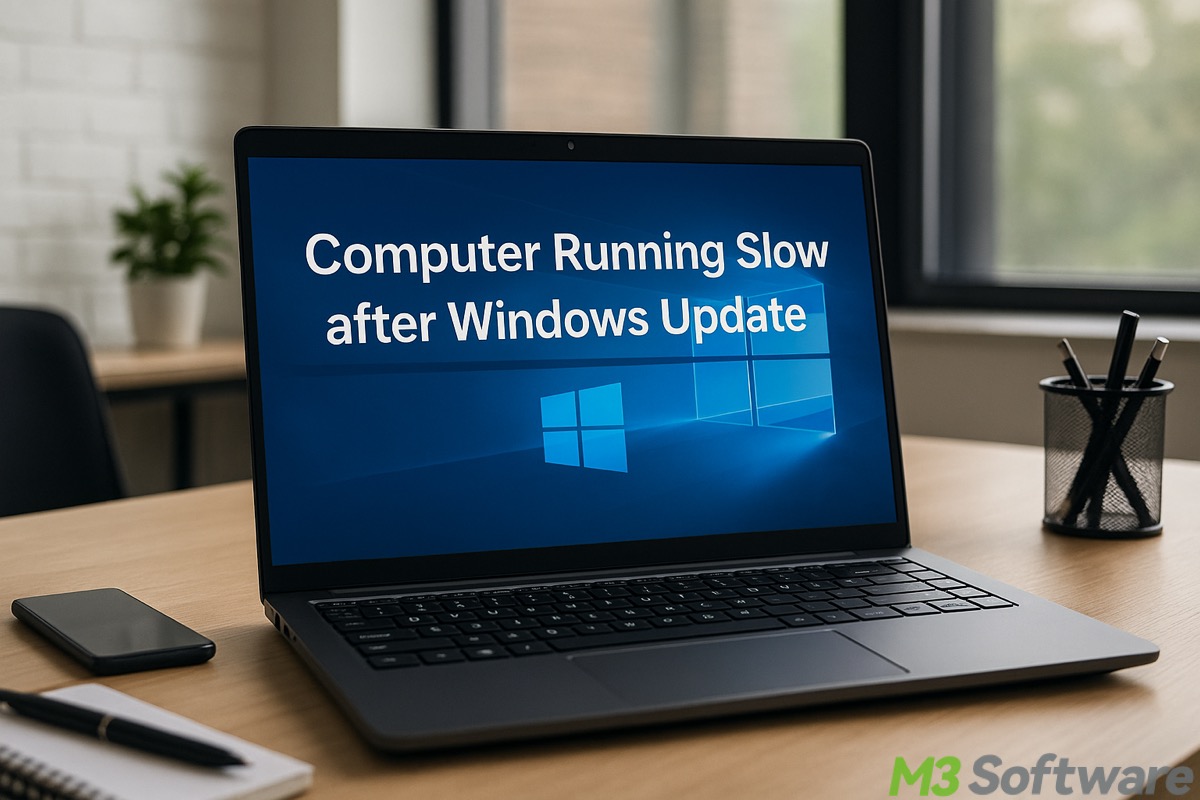
New features, higher security, and higher speed are what we normally think of as the benefits of a Windows update. However, the topic "computer running slow after Windows update" arouses heated discussions, particularly among Windows 10/11 users.
Typically, your Windows 10 computer runs slow after Windows update due to the following factors:
- The new Windows update contains bugs or defects.
- Hardware limitations, such as low disk space, insufficient memory (RAM), old or outdated CPU, etc.
- Too many background processes or startup programs.
- Highly fragmented hard drive (HDD).
- Malware or viruses.
This post pivots on the "computer running slow after Windows update" issue on Windows 10/11 and offers some proven solutions based on the possible causes above.
You can share this post with your friends by clicking the following buttons
How to fix computer running slow after Windows update
You can adopt some of the following solutions according to the circumstances or status of your Windows 10/11 PC, as some are applicable when your PC lacks disk space, and others are worth trying if you are concerned about the hardware or system you are using.
Run a virus scan when computer running slow after Windows update
“Computer is running slow after Windows update” can be caused by viruses or malware undermining your Windows 10/11 system, so you can run a virus scan using the built-in tool on Windows if you want:
- Press the "Windows+I" keys on your keyboard to open "Settings."
- Choose "Update & Security" and tap on "Windows Security."
- Choose "Virus & threat protection."
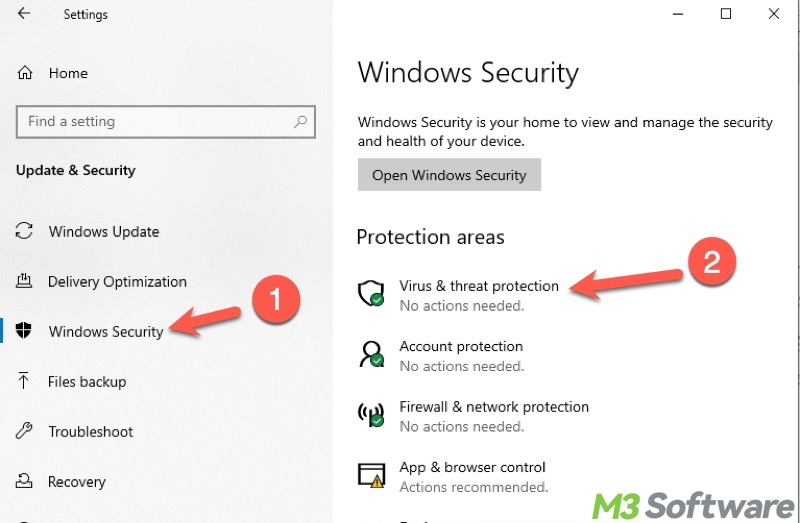
- Click "Scan options."
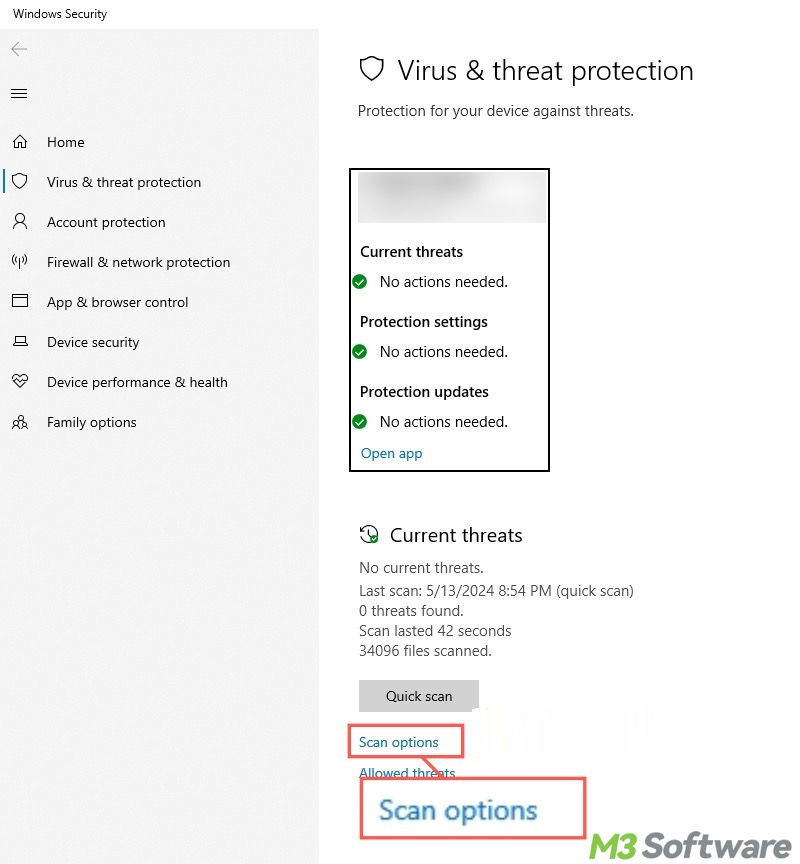
- Select "Full scan" and click "Start now."
End background processes when computer running slow after Windows update
Some third-party background apps and programs can cause the "computer is running slow after Windows update" issue on Windows 10/11, as they can consume a significant amount of memory (RAM). You can disable them and see if it takes effect.
- Right-click on the "Start" menu or press the "Windows+X" keys to choose "Task Manager."
- Right-click on the process, under the "Processes" tab, and choose "End task."
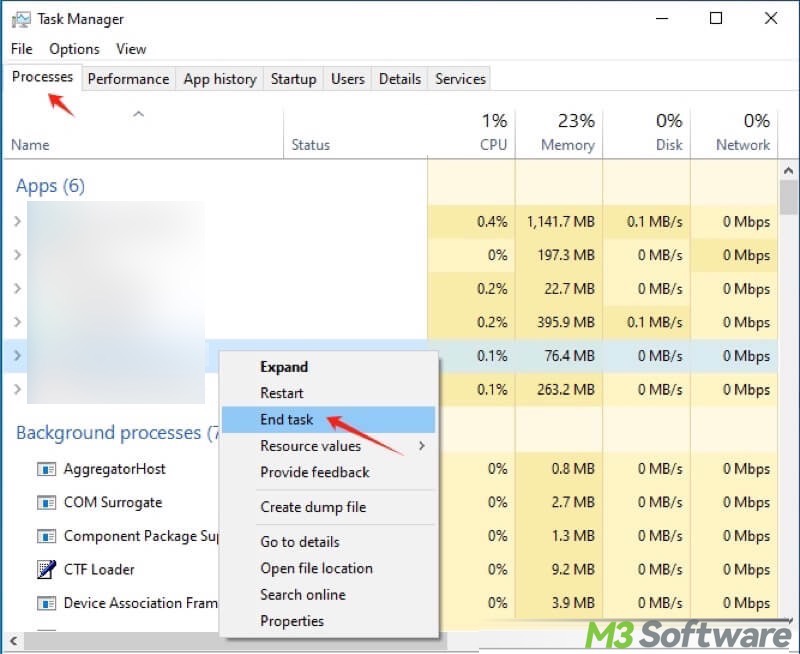
Enter Clean Boot when computer running slow after Windows update
Ending tasks through Task Manager is a cliche. The Clean Boot on Windows allows the system to boot up without non-essential third-party apps, programs, and services, making it easier for you to verify whether certain apps/services or the conflicts between them are causing the "computer is running slow after Windows update" problem on Windows 10/11.
Here's how to enter the clean boot on Windows:
- Press the "Windows+R" keys to open the Run dialog box.
- Type "msconfig" in the box and click "OK" to open the "System Configuration" window.
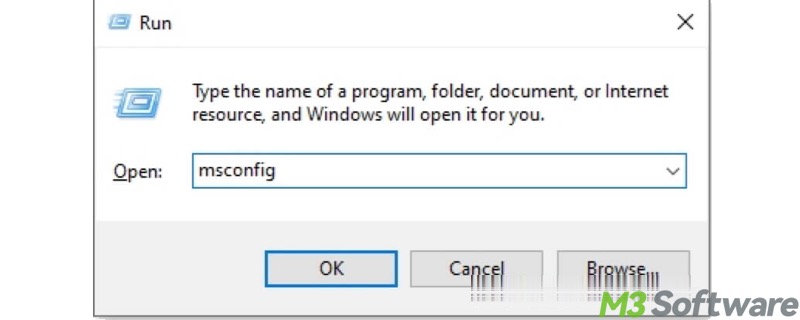
- Go to the "Services" tab and tick the checkbox "Hide all Microsoft services."
- Tap on the "Disable all" button to disable all non-essential services.
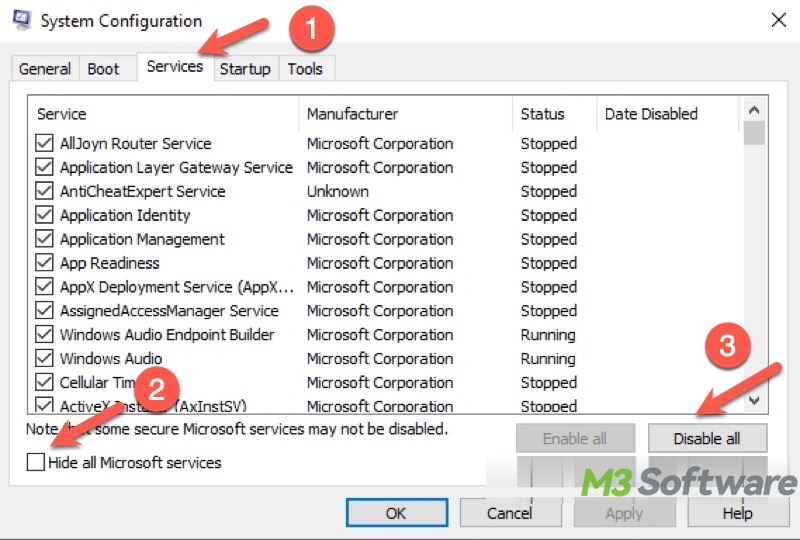
- Go to the "Startup" tab and click "Open Task Manager."
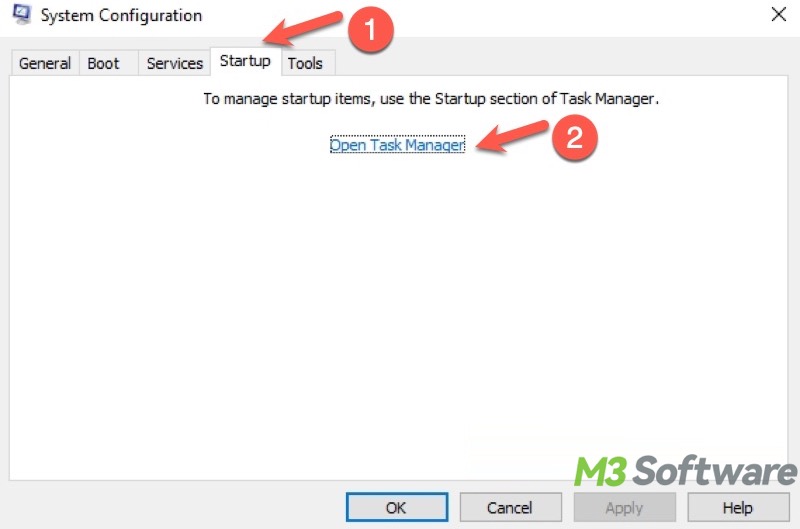
- Under the "Startup" tab of "Task Manager", disable all the listed startup apps and programs, then close "Task Manager."
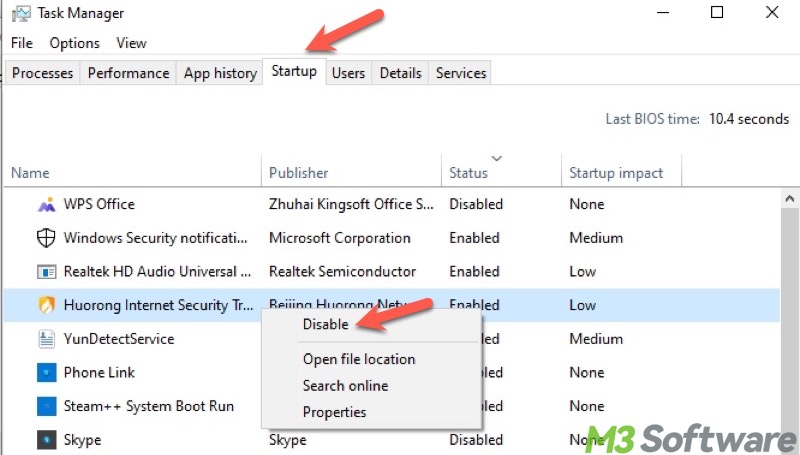
- Click "Apply" and "OK" under "System Configuration", and you'll be prompted to restart the PC.
- The system reboots to enter the Clean Boot, then operate your PC and observe the PC's performance.
Clean up the system when computer running slow after Windows update
Low disk space but nothing to delete? Running out of disk space could be to blame for the computer running slow after Windows update or slow Windows startup. One of the best ways to clear up the accumulated data, like junk files, temporary files, and thumbnails, on the hard drive is to use iBoysoft DiskGeeker for Windows.
iBoysoft DiskGeeker for Windows is a professional and perfect disk management tool for you to scan the system drive for junk files, including the items in the temporary directory, Windows update patch, thumbnail cache, etc. More importantly, you can easily delete any files found by this tool.
What's more? Searching for large files or analyzing OS partition space usage is what this tool specializes in, making it easier for you to see what takes up space on your PC and optimize and free up disk space.
Here's how to clean up the system through iBoysoft DiskGeeker for Windows:
- Download, install, and launch iBoysoft DiskGeeker for Windows.
- This tool will immediately search for junk files in the system.
- Check the scanning results. The view button next to each junk file allows you to check the item's location and view its content.
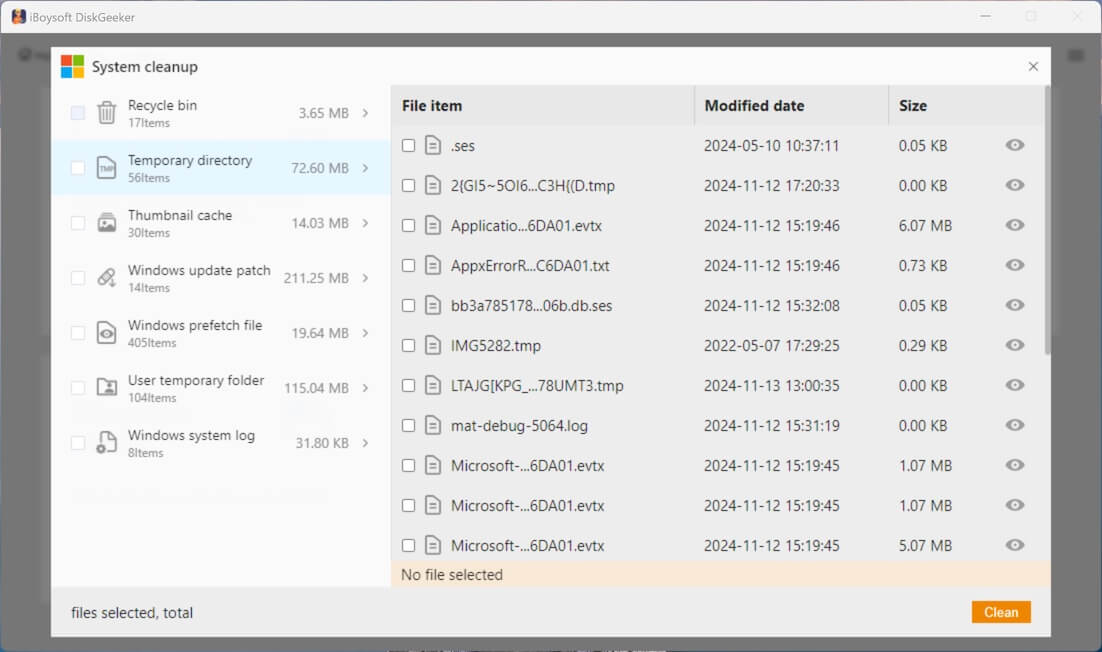
- Choose the junk or unnecessary files you want to remove.
- Click the "Clean" button to delete them from your computer.
You can share this tool with your friends!
Perform a disk cleanup when computer running slow after Windows update
There's a built-in tool on Windows that can help you perform a disk cleanup. Here's how to clean up a hard disk on Windows 10/11 when your computer is running slow after Windows update:
- Double-click "This PC" or "My Computer" to open "File Explorer."
- Right-click on System Drive (Local Disk C:) and select "Properties."
- Tap on "Disk Cleanup" under the "General" tab.
- Tick the files you want to delete.
- Click "OK" to remove them.
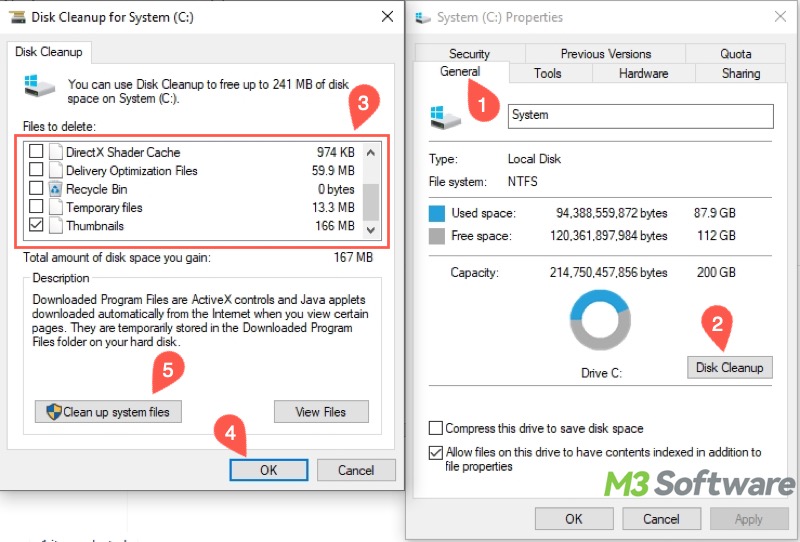
Alternative way to check what takes up the space on your PC or remove temporary files:
- Open "Settings" on Windows.
- Choose "System" and tap on "Storage."
- Check what takes up the space on the hard drive, and choose a category for more details.
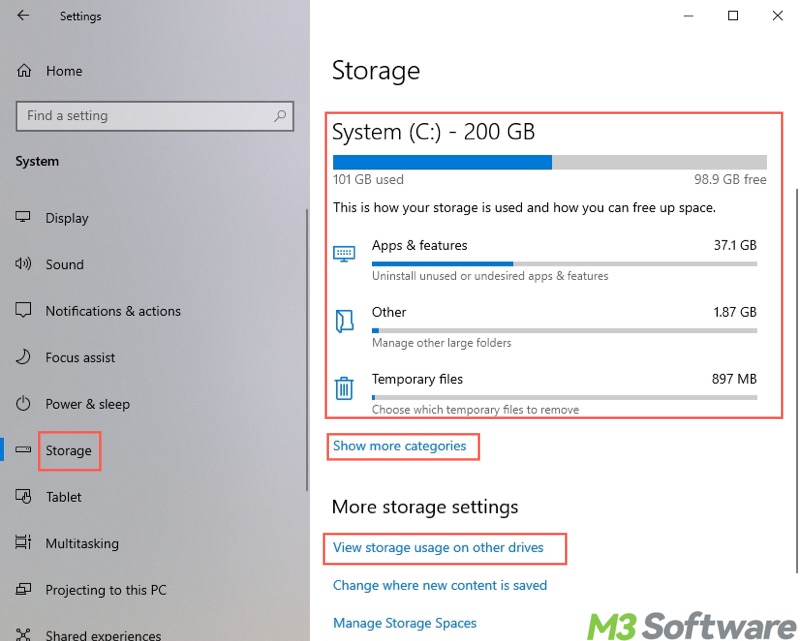
- In “Temporary files”, tick the temporary files you don't need and click "Remove files."
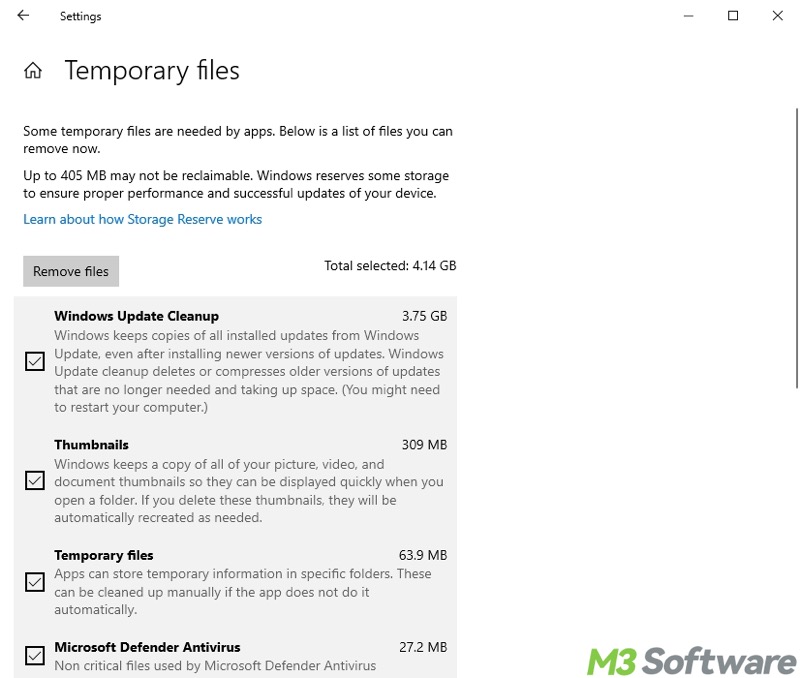
- Tap on "View storage usage on other drives."
Defragment the hard drive (HDD) when computer running slow after Windows update
A highly fragmented hard drive (HDD) can easily slow down your Windows 10/11 PC's performance, even when Windows is updated. In this case, you need to check if the hard drive is fragmented and defragment it.
Here's how to defragment your hard drive (HDD) when computer running slow after Windows update:
- Press the "Windows+S" keys to open the Windows search box.
- Type "Defragment and Optimize Drive" and click the result.
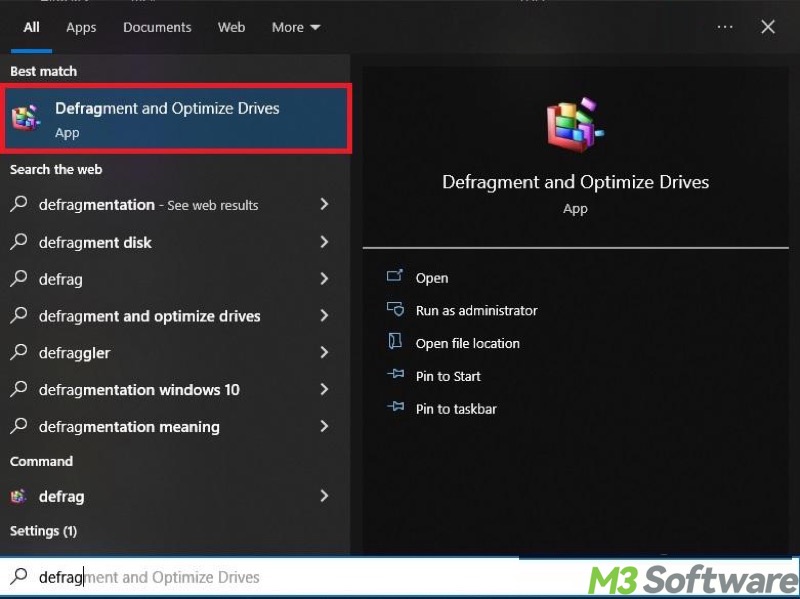
- Check the current status of the hard drives.
- Choose one to “Analyze” and “Optimize” if it's highly fragmented.
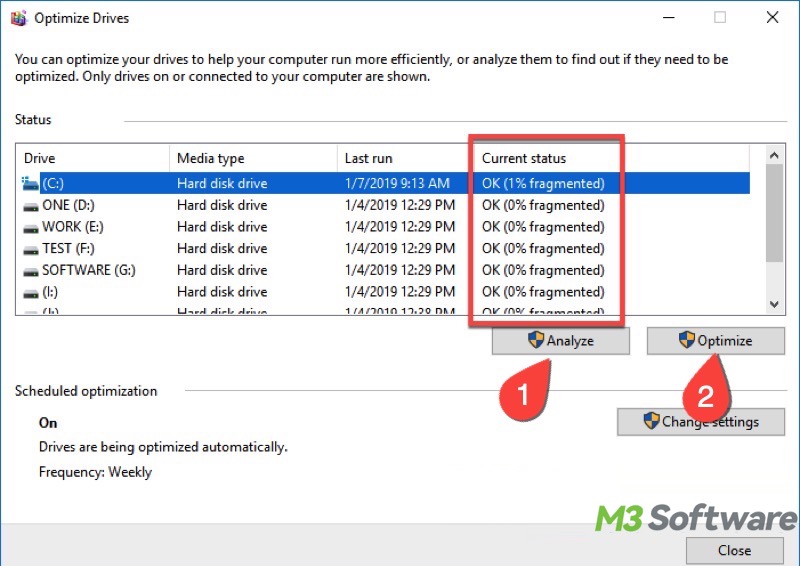
Extend the C drive when computer running slow after Windows update
When your computer is running slow after Windows update, open Disk Management and check if there's unallocated space adjacent to the C Drive (aka System Drive or Local Disk C:). Extending your C drive on Windows 10/11 may help you out.
The unallocated space must be adjacent to the partition you want to extend. If not, please refer to:
- Right-click on the "Start" menu button or press the "Windows+X" keys to choose "Disk Management."
- Check if there's unallocated space on the hard disk.
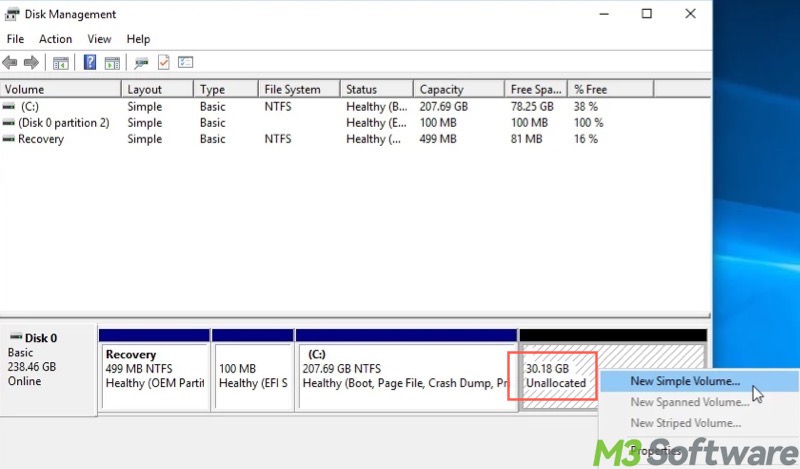
- Right-click on the system drive adjacent to the unallocated space and choose "Extend Volume."
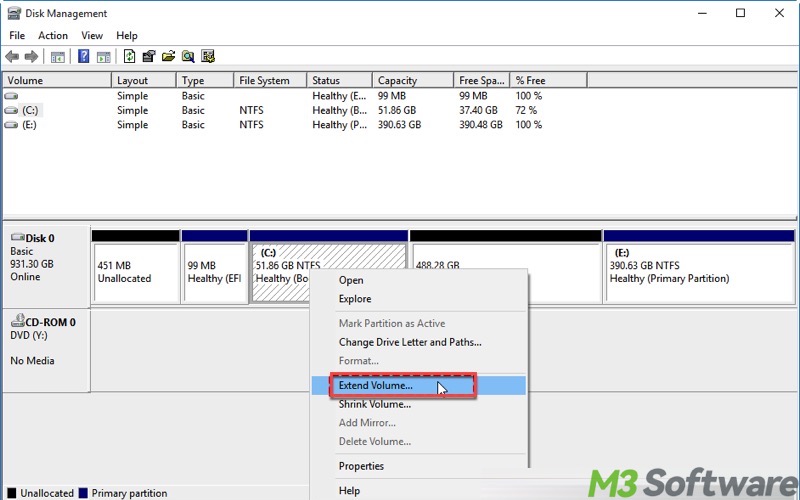
- Click "Next" when the wizard shows up.
- Input the amount of space you want to allocate to the system drive, then click “Next.”
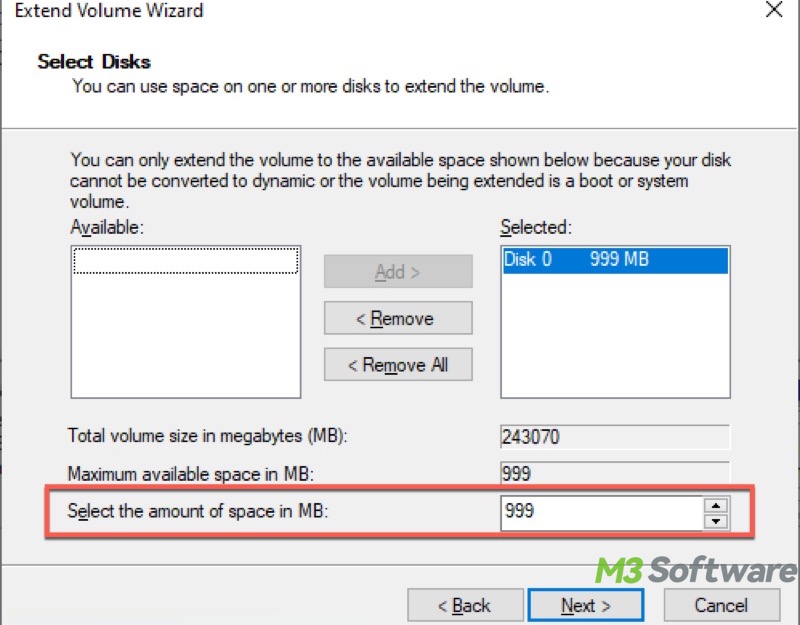
- Follow the instructions to complete.
Adjust the settings for appearance and performance when computer running slow after Windows update
Adjusting the settings for appearance and performance on Windows 10/11 is another way you can try when computer runs slow after Windows update.
- Open Windows search box, input "performance", and choose "Adjust the appearance and performance of Windows."
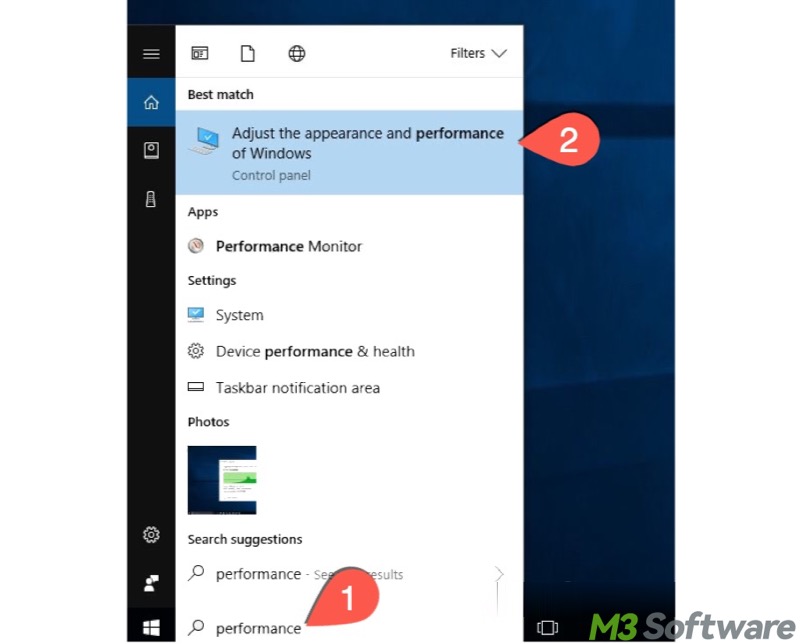
- Under the "Visual Effects" tab, choose "Adjust for best performance."

- Click "Apply" and "OK."
Uninstall Windows update when computer running slow after Windows update
Suppose you don't feel like modifying the appearance and performance settings, or the disk space remains insufficient after disk cleanup operations, you may need to uninstall the updates, particularly when your Windows 10/11 PC, including the hardware, is too old to run smoothly after the latest Windows updates.
- Open "Settings" and choose "Update & Security" > "Windows Update."
- Scroll down and choose "View update history."
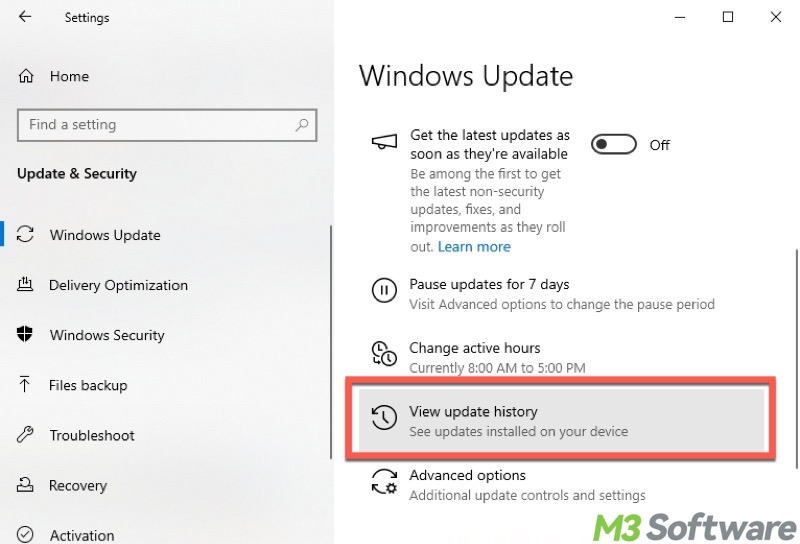
- Click "Uninstall update."
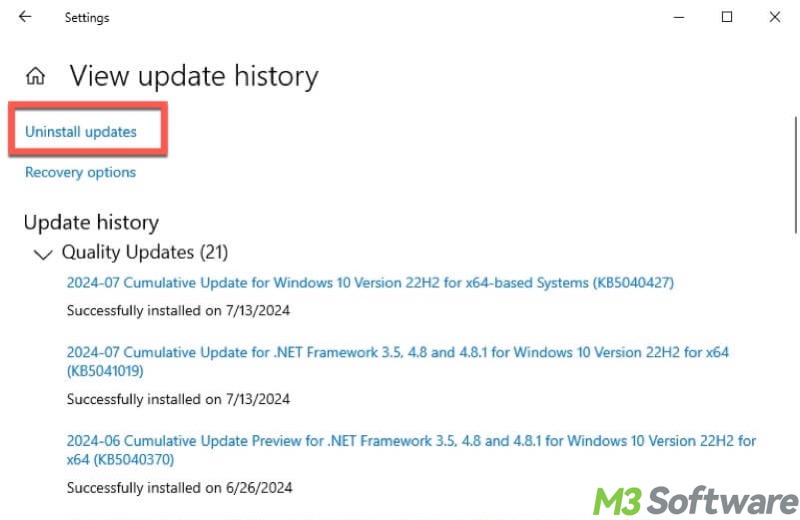
- Choose the updates you want to uninstall.
Note: Uninstalling updates typically removes only the specific update, so it doesn't always mean the system reverts to the previous version. It's often a good idea to check the update history to understand what changes have taken place before uninstalling any updates.
Perform a system restore
System Restore is the last method we recommend when your computer running slow after Windows update. It is a built-in feature on Windows that allows you to roll back the computer's system files, settings, and applications to a previous state.
This is a useful tool for troubleshooting issues. In addition, if your Windows 10/11 PC works fine before the Windows update, or the methods above don't work, try performing a system restore before considering upgrading your hardware.
- Type "create a restore point" in the Windows search box and click the result.
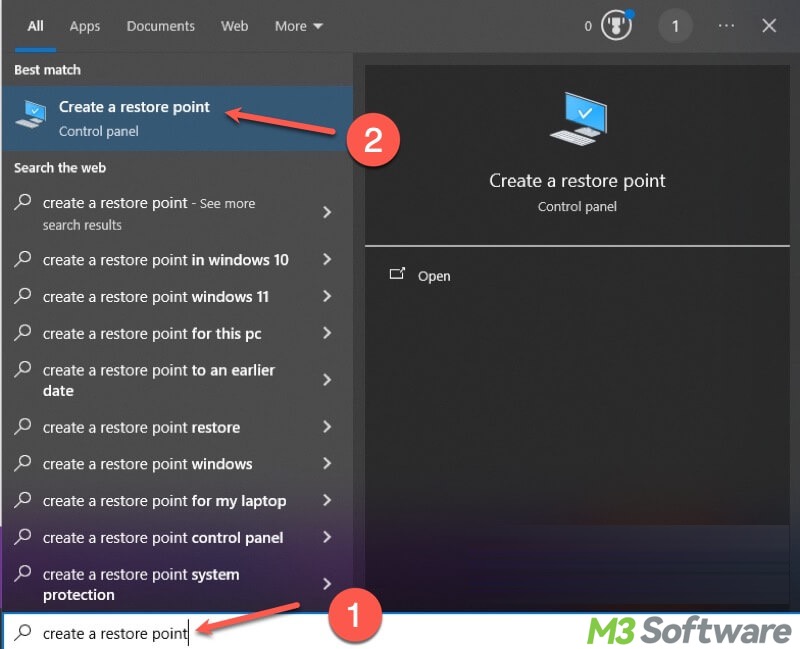
- Click "System Restore" under the "System Protection" tab.
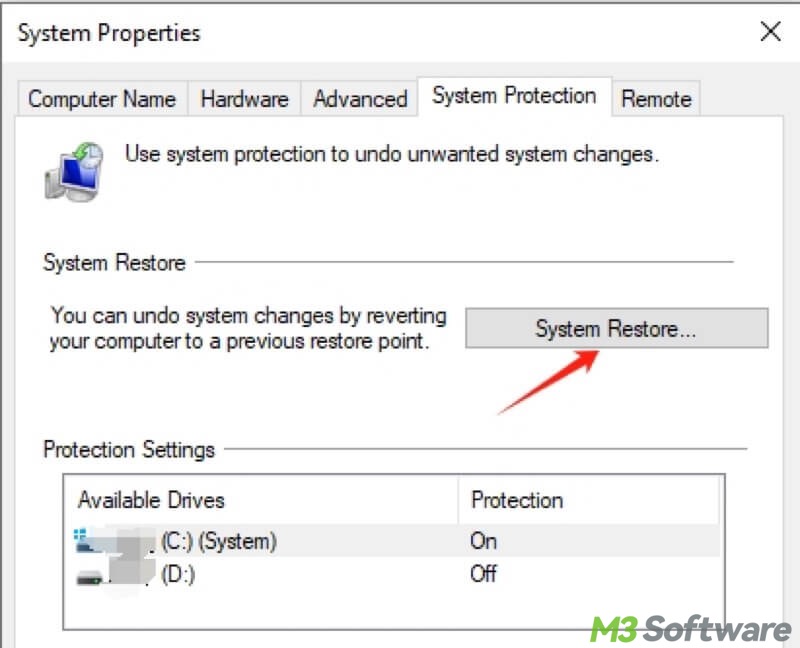
- Select a restore point and click "Next."
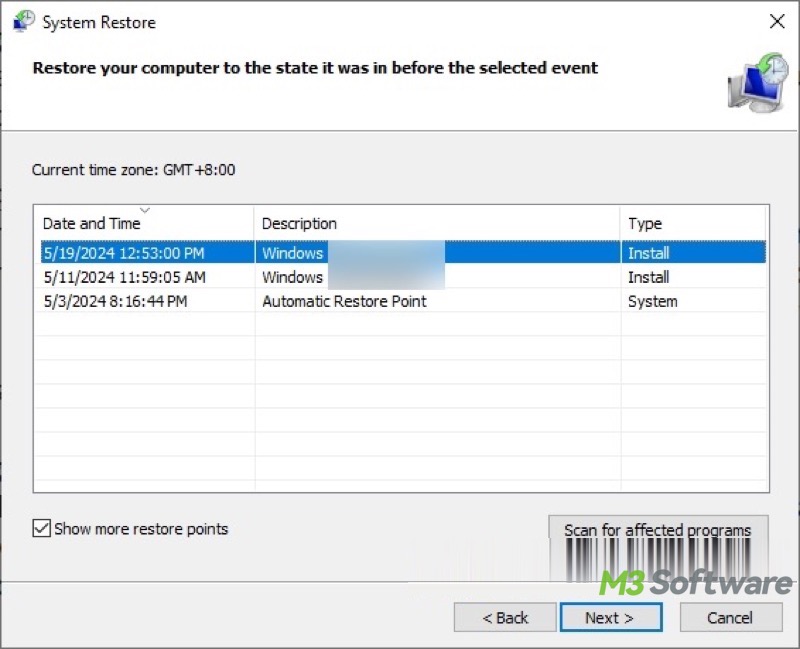
Conclusion
Virus/malware and RAM are typically the first two factors you need to keep an eye on when your computer runs slow after Windows update. If your Windows 10/11 PC runs out of space, try to free up more disk space via the various tools introduced in this article. Restore your PC to the previous state by uninstalling updates or performing System Restore if the installed update is incompatible with your PC.
Theoretically speaking, if all the methods above fail to fix the “computer running slow after Windows update” issue, pay attention to the hardware devices, such as the CPU, RAM (memory), HDD, and SSD, that could sensibly impact the PC's performance, as this issue may happen a lot when your PC and its hardware are too old.
Did this post help you out? We would appreciate it if you could share this post!
